Increased prominence and prestige
The name “Missouri State University” raised the profile of the University in all aspects, from academics to athletics and beyond. “It has clearly elevated us to be a leader in the state,” said Missouri State University President Clif Smart. “I see evidence of that every day.” Some examples:
Attracting talent
From faculty to administrators to coaching personnel, we’re now more likely to attract a larger pool from around the U.S., Smart said. “I think there’s a significant positive difference there.”
Standing out to legislators
“It’s easier for all elected officials, no matter their location, to advocate on behalf of a statewide institution, such as Missouri State, rather than a regional institution, such as SMS,” said Paul Kincaid, who worked in University relations for 28 years and was the coordinator of governmental relations during the name change process. Smart agreed: The name change has definitely reshaped how people in Jefferson City and Washington, D.C., perceive us.
Partnering with business
“The name change benefited the business community, there’s absolutely no question about it,” said MSU Alumni Association Board of Directors Co-Chair Jim Anderson, ’71. Anderson was the president of the Springfield Area Chamber of Commerce from 1988 to 2014 and is now vice president of marketing and public affairs for CoxHealth. “The University is a major magnet for business attraction, retention and growth.”
Continued growth of undergraduate enrollment
In the early and mid-1990s, the Springfield campus phased in a selective admissions policy instead of open admissions, meaning that potential students had to meet a minimum combination of class rank and ACT or SAT test scores. The new standards were meant to attract motivated students who had a good chance of success in college and lead to higher graduation rates. They also signaled to everyone that SMS intended to become one of the premier institutions in the Midwest. Now, “our enrollment continues to grow even at a time when college enrollment’s not growing statewide, it’s shrinking,” said University President Clif Smart. “Students sense that something good is happening here. They want to be here.” Since the name change, we are attracting more students from St. Louis, Kansas City and outside Missouri. “When you see students who come in to interview for scholarships, they come in from 10, 12, 15 other states,” Smart said. In addition, our number of transfer students from two- and four-year colleges continues to rise — a highly courted constituency in recent years. In the last decade, Smart said, we have built close and complementary partnerships with regional and state community colleges: “We want to be the upperdivision provider that allows those students to complete four-year degrees.”
Enhanced academics
Dr. John H. Keiser was president of the University from 1993 to 2005. During his tenure, “the faculty spent a lot of time on quality,” Keiser said. “We really got everybody talking about what an educated person could be.” Since then, there has been even more emphasis on superior academics. A few highlights:
New and expanded areas
University Provost Dr. Frank Einhellig said creating undergraduate and graduate health care and technology programs has been a priority. In addition, the agriculture department became the Darr School of Agriculture in 2009 to acknowledge the depth and breadth of our agriculture programs.
Educational partnerships
MSU has partnered with the University of Missouri on a doctoral pharmacy program and with Missouri S&T for undergraduate engineering programs. MSU is also working closely with the MU system to train health care professionals in southwest Missouri: The University of Missouri School of Medicine is partnering with Ozarks hospitals to increase the medical student class size and create a clinical campus in Springfield. “The concern that there would be bitter rivalry with MU did not develop,” said Ken McClure, the University’s vice president for administrative and information services. “We have an excellent working relationship with them, and our cooperative programs wouldn’t have happened without the name change.”
Research
Our research centers, such as the Jordan Valley Innovation Center, have helped our faculty’s scholarly efforts. “The faculty who have applied here in the last 10 years are very interested in having a good balance between teaching and research — and research that involves students,” Einhellig said.
Accreditations
The entire University is accredited by the Higher Learning Commission, but some areas also earn specialized accreditations. “We have 33 accreditations now,” Einhellig said. “If you went back 10 years, that number was definitely lower. Just in the last three years, we’ve added four new areas.”
Online education
MSU was recognized by Affordable Colleges Foundation, a national independent organization, for being in their Best Online Colleges for 2015. The number of credits earned online continues to rise: At this point, about 11 percent of all MSU credit hours are online.
Expanded graduate programs
Missouri State Provost Dr. Frank Einhellig came to Missouri State in 1992 as associate vice president for graduate studies and research. “Southwest Missouri State, at that time, was primarily an undergraduate operation, with good faculty and plenty of capability to serve graduate education needs in the region and beyond,” he said. “That just hadn’t been a focus of the institution yet. We knew if Southwest Missouri was to become Missouri State, it had to strengthen its position in graduate education and its commitment to research.” Support from the state helped: In 1995, the Missouri legislature passed a law that gave additional funding to public higher education institutions. This “mission enhancement” money, which the University received until about 2000, allowed MSU to create new undergraduate and graduate programs, hire faculty, pay for graduate assistantships and more. The University’s first doctorate, in audiology, was started in 2002. Since the name change, graduate enrollment is on the rise. “This last year,” said President Clif Smart, “we had the biggest graduate student body we’ve ever had.”
Even deeper commitment to diversity and inclusion
One of Missouri State’s top priorities is to become more diverse. A college education must be available to a student of any race, gender, region, disability or socioeconomic background, because an education is the passport to personal and professional opportunities. Increasing diversity at MSU is also a sound business decision: The nation’s demographics have been changing dramatically for some time, and if MSU is to continue to grow, we must be attractive to many different people. In 2011, Missouri State created the Division for Diversity and Inclusion, a resource for the entire campus. Dr. Ken Coopwood has been the vice president for that division from the start. “I conducted more than 130 interviews to find out what people were interested in, what the presence of the division meant to them, and areas of concern versus points of pride. I talked to students, administrators, faculty, staff and the community. I wrote a three- or four-page plan of action.” The division has started personal and professional development activities, academic initiatives, mentoring programs, social events and more for students and employees on campus. The division also has community outreach, such as the annual Statewide Collaborative Diversity Conference that is open to the public. Up next: MSU has just received data from a study that explored the climate of diversity on campus. The goal, Coopwood said, is to become a flexible, multicultural organization. As he puts it, we’re “building an experience that ultimately makes all people say, ‘OK, I chose the right institution.’”
More international students
Dr. Jim Baker, vice president for research, economic development and international programs, has been at MSU since 1993. “The biggest impact I’ve seen since the name change is in our international programs. The change was a huge deal, because international students tend to look at names and rankings of universities.” Baker has made many trips to our branch campus in Dalian, China, and has been instrumental in making other academic partnerships in that country. “When I would go to China and talk to students or potential partner universities, and say we are Southwest Missouri State, they would look at me one way. When I was able to say it was Missouri State, they would look at me a little bit differently.” International enrollment from all corners of the globe has been going up since 2005. “The name change has been very beneficial in our recruiting,” Baker said. “We’ll probably be up to maybe 2,000 or so international students in the next few years. I think the growth will be pretty steady for the next 10 years — not dramatic, but steady. That’s what we plan for.”
New facilities and infrastructure
It’s incredible how many landmark buildings have become part of campus since 2005: JQH Arena. The Foster Recreation Center. The IDEA Commons, which expanded Missouri State’s footprint in downtown Springfield with Brick City, the Jordan Valley Innovation Center and the Plaster Center for Free Enterprise. All of these have changed academics and athletics on campus. Other projects since 2005 include:
- Nearly $22 million worth of construction and renovation dedicated to athletics and recreation, including the renovation of Plaster Stadium and new facilities for field hockey, lacrosse, soccer, track and sand volleyball
- A high-tech makeover for Siceluff Hall, making it one of the most state-of-the-art buildings on campus
- Changes to agricultural facilities, including completion of the Christopher S. Bond Learning Center and a renovation of Pinegar Arena at the William H. Darr Agricultural Center
- The renaming of a section of Monroe Street to Bear Boulevard
- New state-of-the-art science labs at Greenwood Laboratory School
- A new student recreation center on the West Plains campus
- Renovation of Gohn Hall on the West Plains campus
And we’re not done. Soon we will dedicate two new buildings: the Davis-Harrington Welcome Center and the O’Reilly Clinical Health Sciences Center. We also have plans to renovate Pummill Hall, renovate and expand Glass Hall, and renovate Ellis Hall — and some work has already started in several of those buildings.
Gains in private giving
State funding for higher education continues to decrease. Many of our accomplishments, such as new buildings and larger numbers of high-achieving students, simply would not have happened without generous philanthropic support. Since 2005, the endowment of the Missouri State University Foundation — the private fundraising arm of the University — has grown by more than $35 million. This support can partially be tied to our name change. “The fundraising success shows the commitment to making Missouri State University an education institution of national caliber,” said Brent Dunn, vice president for University advancement. Foundation success stories include:
Campaigns
On Aug. 27, 2005, the day before the name change, the Foundation closed “The Campaign for SMS: Imagine the Possibilities,” the University’s first comprehensive fundraising campaign. It began in 2001, and raised more than its goal of $50 million. Less than a decade later, the Foundation far exceeded that once-ambitious figure with “Our Promise: The Campaign for Missouri State University,” which began with a silent phase in 2005. It was publicly announced Aug. 28, 2009 and concluded Dec. 31, 2012. During that time, donors gave $167,000,783 in gifts and commitments, supported 29 capital projects and helped us create 375 new scholarships and 17 endowed faculty positions.
Major gifts
The largest gifts in University history — including $30 million from late developer John Q. Hammons to build JQH Arena — were all pledged after the name change.
MarooNation Ball
The Foundation began hosting annual black-tie optional events in St. Louis and Kansas City to raise money for scholarships.
Awards
Since 2005, the Foundation has won numerous consecutive Educational Fundraising Awards from the Council for the Advancement and Support of Education, known as CASE.
Exploration of public affairs
On June 15, 1995, then-Missouri Gov. Mel Carnahan signed into law Senate Bill 340. It gave then-SMS a statewide mission in public affairs. Though we now had a commitment to leading the state in higher education related to community engagement, cultural competence and ethical leadership, our institution name “did not reflect that — we were still a regional university,” said MSU Alumni Association Board of Directors Co-Chair Jim Anderson, ’71. “I think the name change was a natural evolution of the statewide mission.” Since 2005, public affairs topics have been deeply integrated into MSU’s general education curriculum. We have also identified seven signature public affairs events to help Missouri State put the mission into practice:
- New Student Convocation: Held in August. Welcomes freshmen to campus and kicks off the year’s public affairs theme.
- Public Affairs Week: Held in September. This event is organized and hosted by students; the week’s activities focus on the year’s public affairs theme.
- Community Engagement Project: A community-wide, collaborative service project held in fall.
- Public Affairs Convocations: Free community lectures. Recent speakers include baseball star Cal Ripken Jr., statesman Colin Powell and former Navy SEAL Eric Greitens.
- Public Affairs Conference: Held in spring. A multiple-day conference that features nationally and internationally recognized speakers; all events are free and open to the public.
- Statewide Collaborative Diversity Conference: Held in spring. Professionals gather to share ideas about how to create thriving, diverse academic and professional environments.
- Missouri Public Affairs Hall of Fame: Inauguration held in spring. Hall of Fame inductees, who have a tie to the state of Missouri, are honored for their civic engagement and efforts to improve the lives of others.
More Bear pride
From Aug. 27-29, 2005, MSU’s Baker Bookstore sold more than $125,000 in BearWear, said Jeff Grevillius, the clothing and soft goods manager at the store. “It was without a doubt the busiest we’ve ever been,” Grevillius said. The demand for BearWear remains high. Jim Baker, a University vice president who has worked at MSU since 1993, says the number of students sporting MSU gear on campus and in town continues to rise: “There’s a pride that comes with that name. I think becoming MSU had a huge impact on the psyche of the people who attend the University. Now it’s getting the feel of a major University, which it is. We’re on a great trajectory.” The growth isn’t over. “We’ve not reached our peak,” President Clif Smart said. “We’ll see more growth in academic programs, the physical campus and enrollment. We’re in a visioning process now with all the stakeholders who love and care for the University, so as we work on our long-range plan, we’ll flesh out the details of lots of those kinds of things. I think the future is very bright for us.”
m

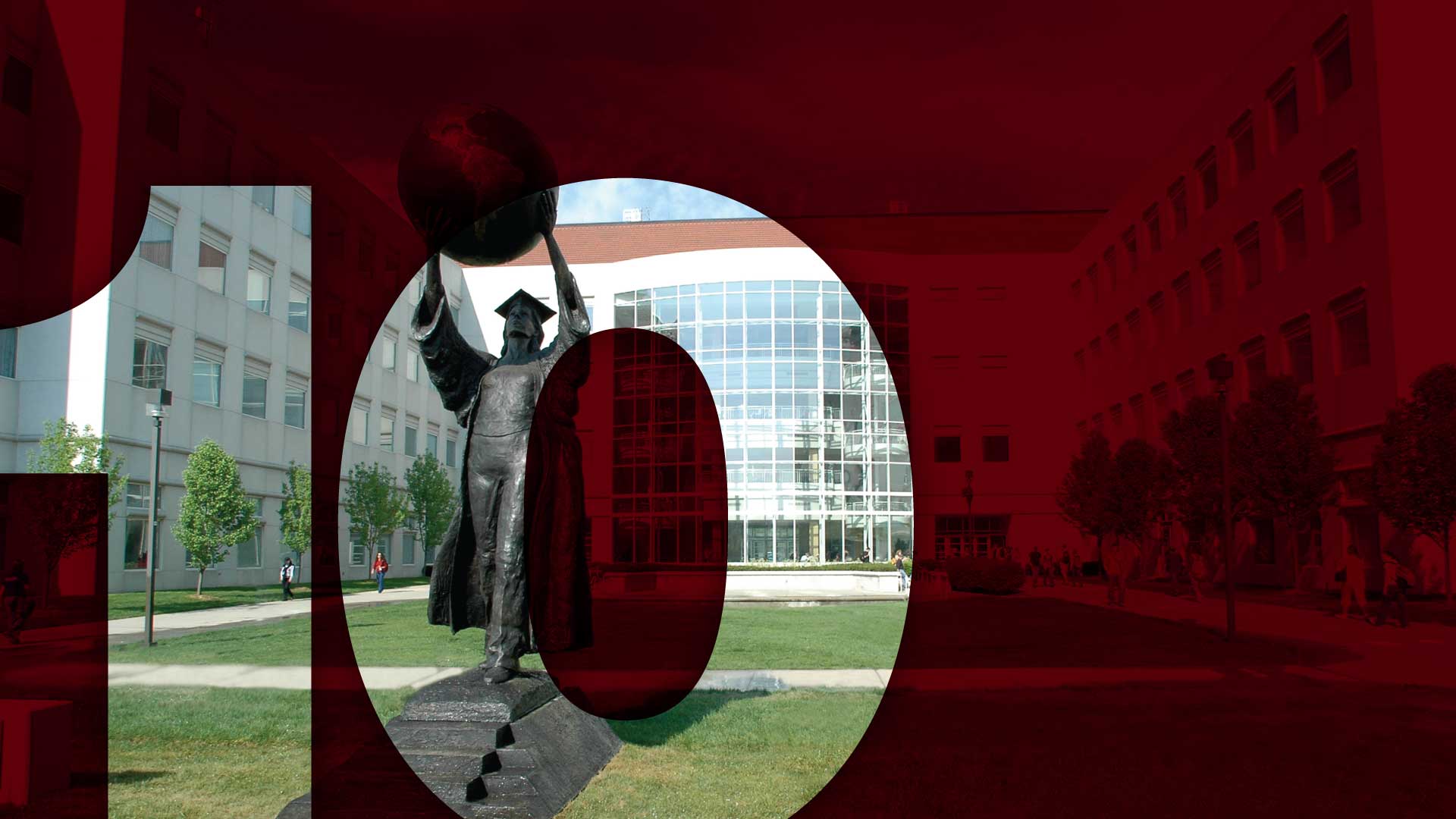
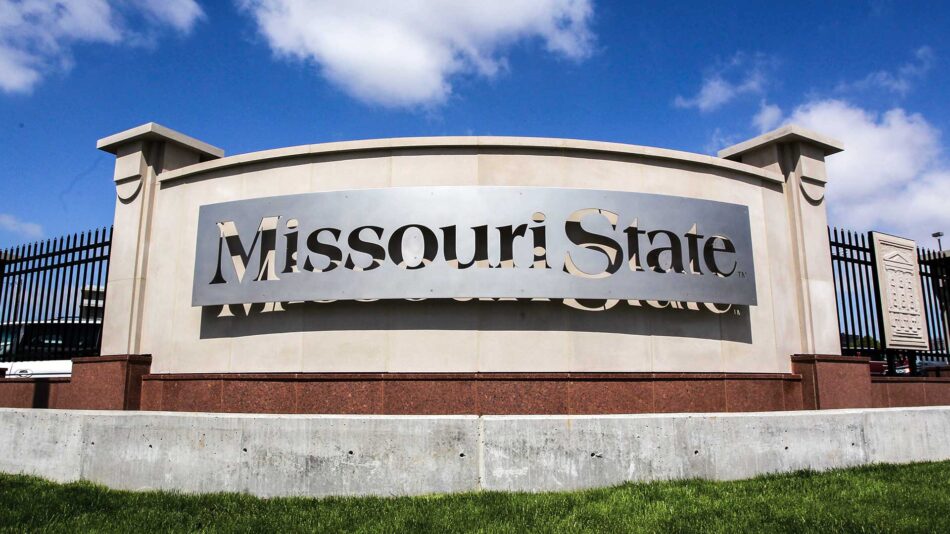
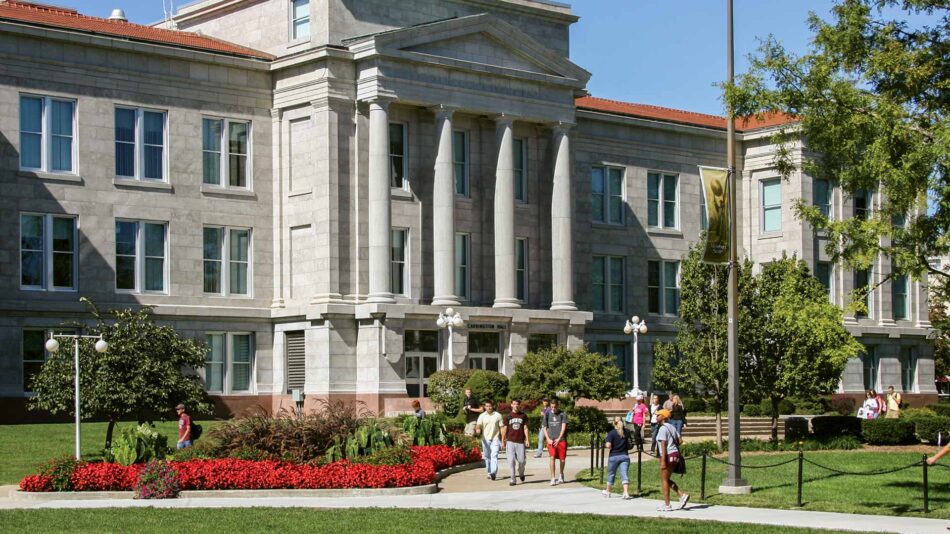
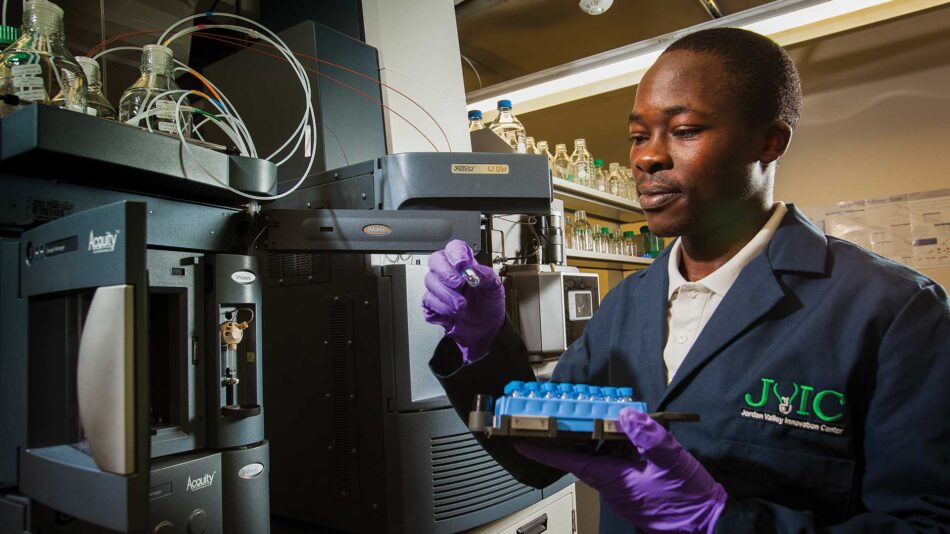
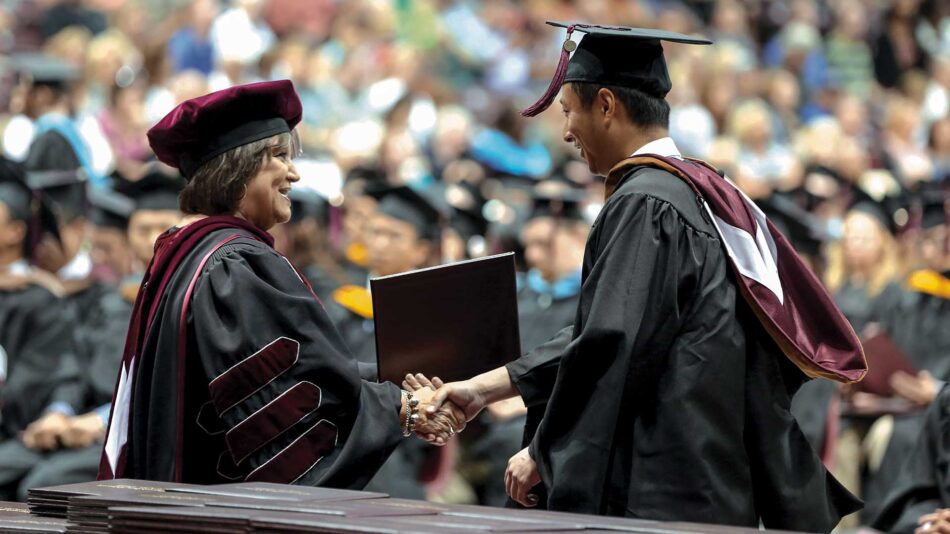
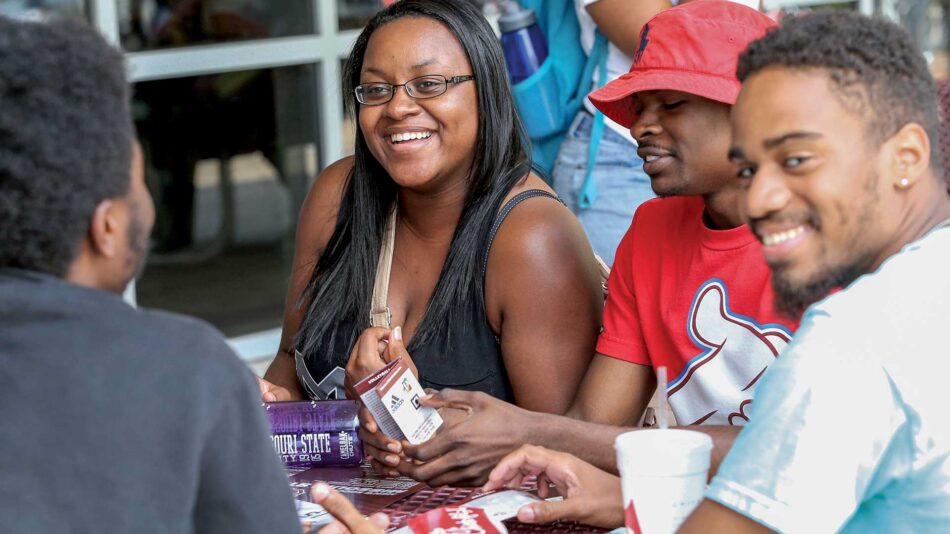
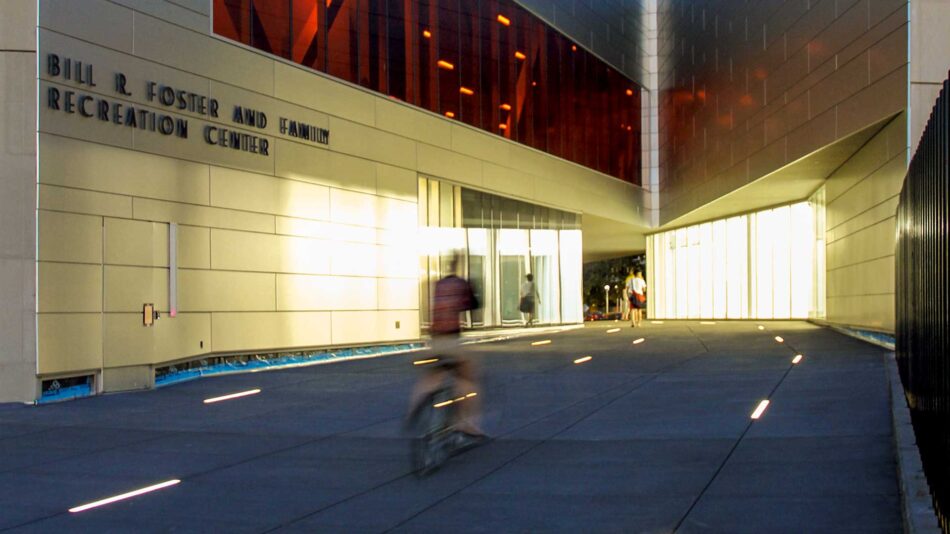
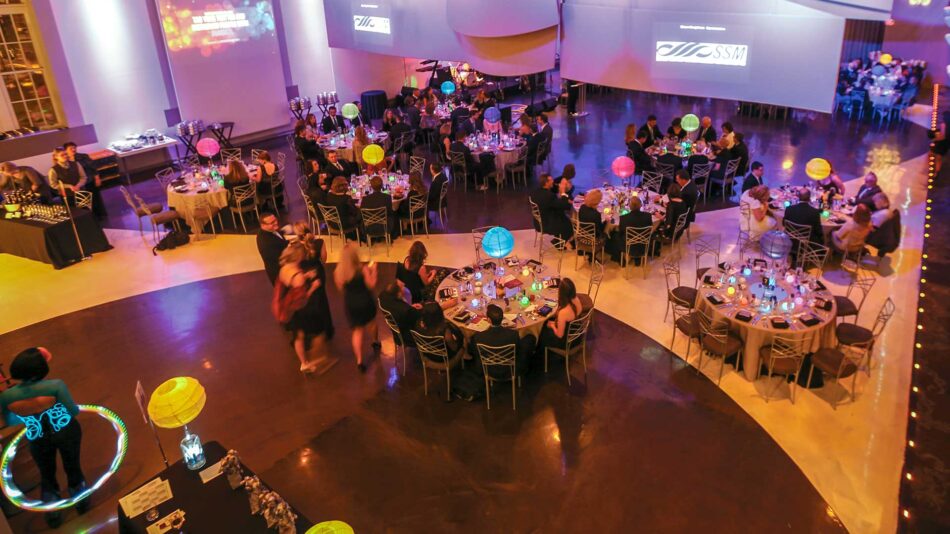

Leave a Reply